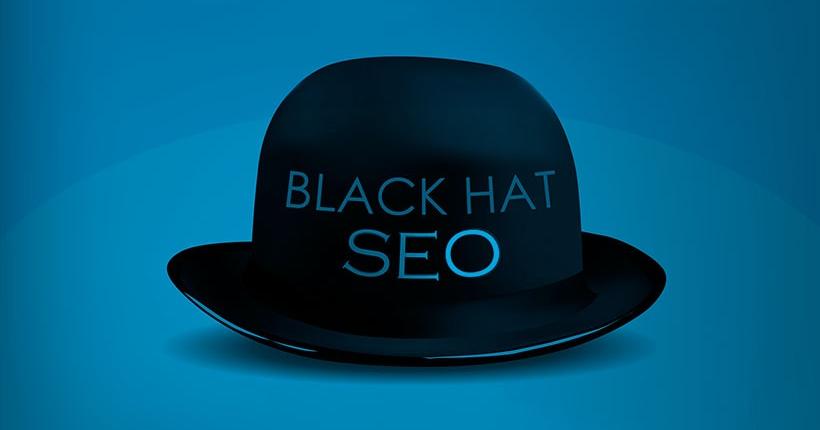White Hat SEOs work within search engine guidelines to improve their site’s ranking. It includes writing high-quality content, increasing page speed, and making sites mobile-friendly. On the other hand, black hat tactics violate Google’s terms of service. These strategies can lead to short-term gains but ultimately cause websites to suffer from Google penalties.
Keyword Stuffing
One of the most common black-hat SEO tactics is keyword stuffing. It involves filling a page with as many keywords as possible to push the page’s rankings up. Black-hat SEOs might be clever about it, using synonyms and matching text color to their background, or they might be blatantly obnoxious. Either way, search engines are smart and will punish the sites that use this tactic. Instead of using black-hat SEO techniques to get your content in front of the right people, visit the website and focus on providing a great experience for your readers. Remember the search intent behind your target audience’s query and create information-rich, relevant content that uses keywords sparingly.
Cloaking
The term’ black hat’ may invoke images of villains in classic Western movies. Still, it refers to the unethical methods black hat SEOs use to gain an advantage over competitors. Black hat techniques like cloaking violate search engine quality guidelines and can lead to severe penalties — even being blacklisted or banned from the search results. This tactic involves displaying different content for users and bots to manipulate search engine rankings. It includes IP-based cloaking and geolocation technologies that adapt the content based on user location and language preference. It’s also common for black hat SEOs to use this technique on adult websites to display 18+ content. If you suspect someone is using black hat techniques, you can check by comparing the page you’re viewing with its brief description on a SERP. If there are major discrepancies, the page is likely cloaking. You can also look for paid links or link farms.
Invisible Keywords
Hidden keywords are textual content on a web page that can be read by search engines but is invisible to human visitors. It was once a popular black hat SEO technique used to manipulate SERP rankings. However, Google quickly stopped this practice because it didn’t align with the company’s guidelines. The use of invisible keywords still occurs but is less common since search engine algorithms have become more refined. Some websites, for instance, will disguise keyword stuffing by altering the font’s color to blend in with the background. However, this is still considered a bad practice that can result in penalties from Google.
Instead, SEO copywriters should consider using LSI (Latent Semantic Indexing) keywords in their content to improve search engine optimization. These keywords support Google’s understanding of your content’s meaning because they are semantically related to your prime keyword. It allows search engines to rank more relevant pages to user queries.
Low-Quality Content
Creating low-quality content to rank higher on search engines is one of the oldest and most common black-hat SEO tactics. It’s also one of the most difficult to do because search engine algorithms are designed to detect low-quality websites and penalize them accordingly. Search engines consider user experience a big part of the ranking algorithm, so marketers must work to make sites fast, mobile-friendly, and easy to navigate for visitors. White hat SEO strategies like keyword research, LSI keywords, and high-quality content can be used by marketers to produce relevant material for searchers. They will grow site traffic over time without the risk of penalties. Black hat SEOs often use tactics like cloaking to gain an advantage, such as showing one thing to users and another to search engines or hiding text within images. Another tactic is doorway pages that funnel users to a destination page to increase SERP rankings.
